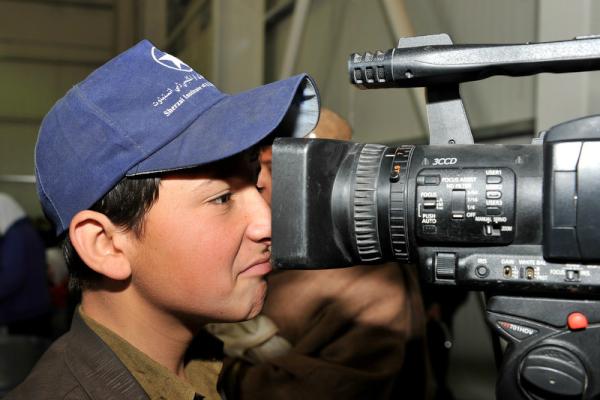The decades of war and terrorism have placed Afghanistan among the world's most dangerous countries. Despite the progress made by the country since the ousting of the Taliban in 2001, most media writing about Afghanistan focus stubbornly on negative issues such as bomb blasts, suicide attacks, and casualties. Reports in such media feature terrifying pictures that lead most people to never want to visit the war-torn but very beautiful country.
This is why the work of Antony Loveless, a freelance British journalist and photographer, makes so much difference. Since March 2012, Loveless has been posting photos from his trips to Afghanistan on Twitter, using the hashtag he invented, #TheAfghanistanYouNeverSee.
Speaking to Global Voices about the hashtag, Loveless said:
I have a portfolio of over 2,000 images shot on three trips to Afghanistan in recent years and to keep track of them, I conceived of the rather unwieldy hashtag [#TheAfghanistanYouNeverSee].
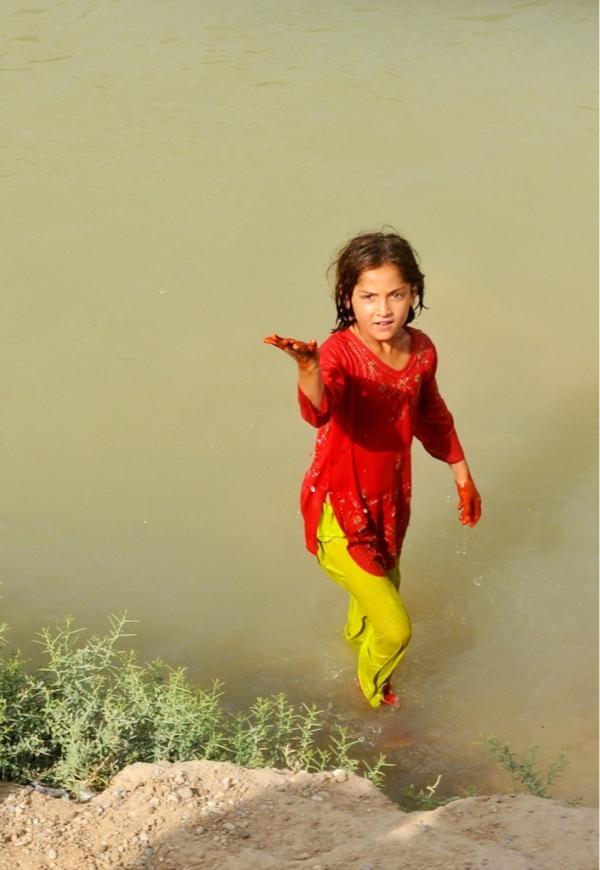
The Girl in the Lake. Taking a dip to stay cool under the unforgiving midday sun. Image by Antony Loveless, used with permission.
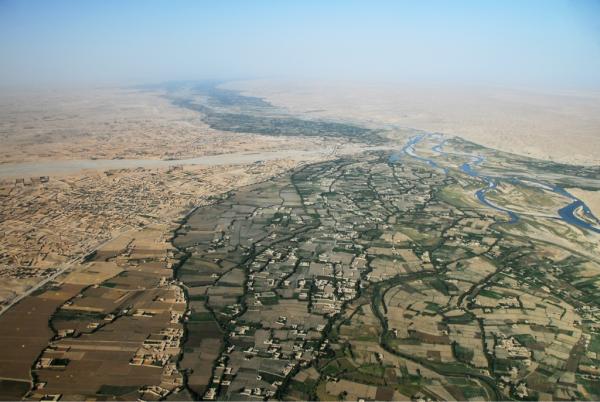
Afghanistan's 'green zone', a stretch of fertile, cultivated ground along the Helmand River Valley. Image by Antony Loveless, used with permission.
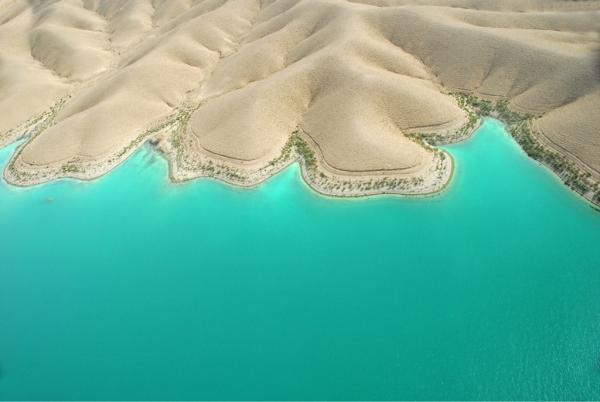
The stunning beauty of Kajaki Lake in southern Afghanistan, seen from a Royal Air Force Chinook. Image by Antony Loveless, used with permission.
Loveless’ hashtag was picked up by the Royal Air Force (RAF) Sergeant Alex Ford, who spent six months in 2011 in Afghanistan's Hilmand Province.
Sharing his views about the hashtag, Ford writes in Warfare Magazine:
We have been involved in Afghanistan for almost 11 years now, and it has become commonplace to see images of the war back here. But generally those images tend to be more about the negative side of the conflict there. Pictures of flag-draped coffins driving through Wootton Bassett or out of Brize Norton… a picture of a soldier smiling, but the caption underneath giving the date he died. Sadly, the majority of the British population that supports the lads and lasses on the ground have no real insight into the story of the war out there; the story that is Afghanistan.

Local children ready to chat to Paras leaving the Helicopter Landing Site. Image by Alex Ford, used with permission.
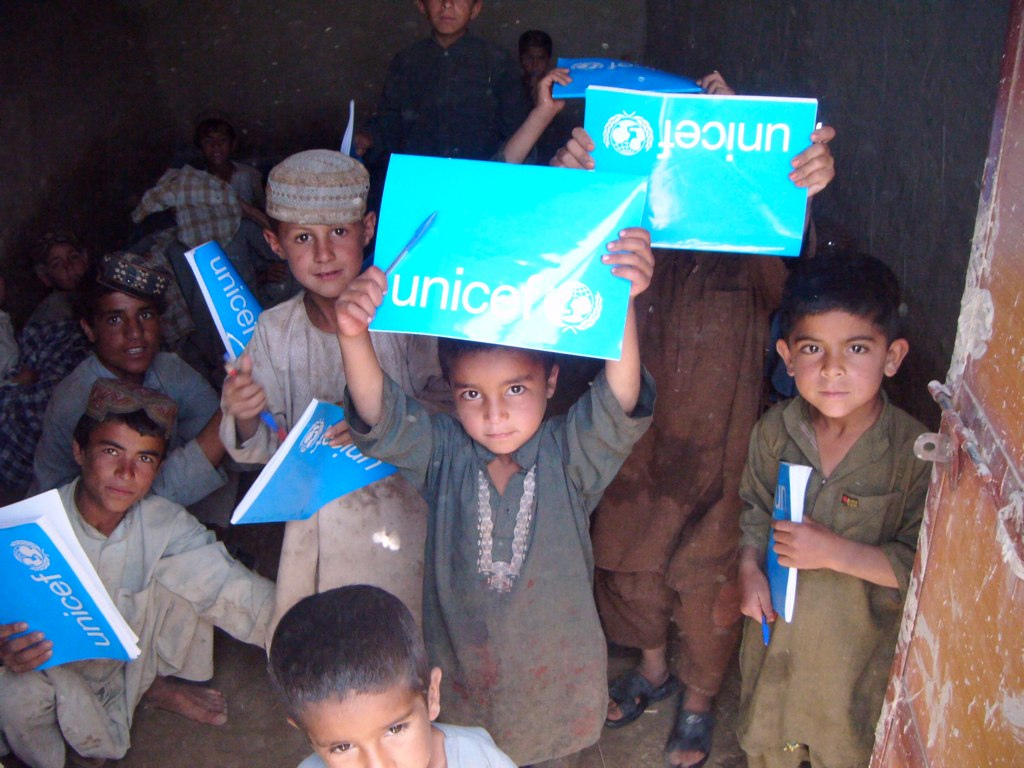
Afghan kids with UNICEF-donated books and pens in a classroom. Image by Alex Ford, used with permission.
The hashtag has become a popular photo tag for those who travel to Afghanistan to share the images that people outside of the country rarely see in conventional media.
Lately, Iqbal Ahmad Oruzgani, a photographer from Afghanistan has also begun posting photos under the hashtag to show Afghanistan from a different perspective.
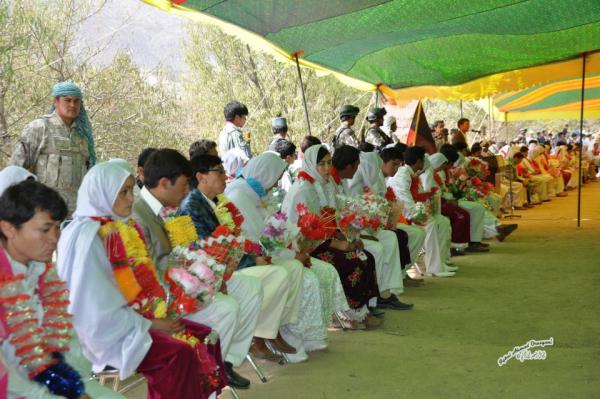
Collective wedding organized for tens of couples in Daikundi, central Afghanistan. Collective weddings have becoming very popular in the country because they help lessen the cost of wedding for each individual family. Image by Iqbal Ahmad Oruzgani, used with permission.

Young Afghan girls reading a school book in front of a closed shop. Image by Iqbal Ahmad Oruzgani, used with permission.
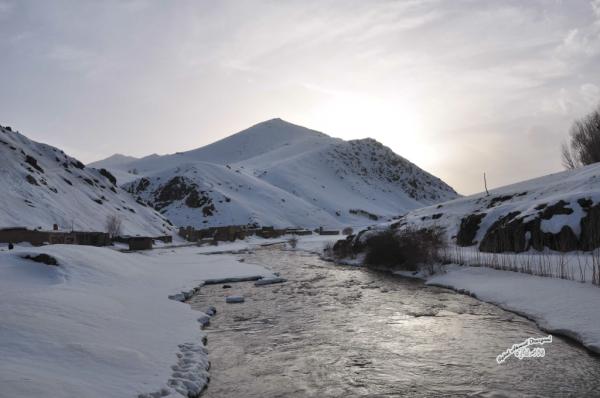
Winter in Behsud District of Maidan Wardak Province. Image by Iqbal Ahmad Oruzgani, used with permission.
Every photo shared under this hashtag is retweeted by hundreds of Twitter users, giving the photographers a very wide audience.
Speaking to Global Voices, Antony Loveless says:
Countless tweeters have said it’s the best use of a hashtag on twitter, ever, and I am currently in talks to produce a book based on the hashtag after countless people expressed an interest in buying one.

